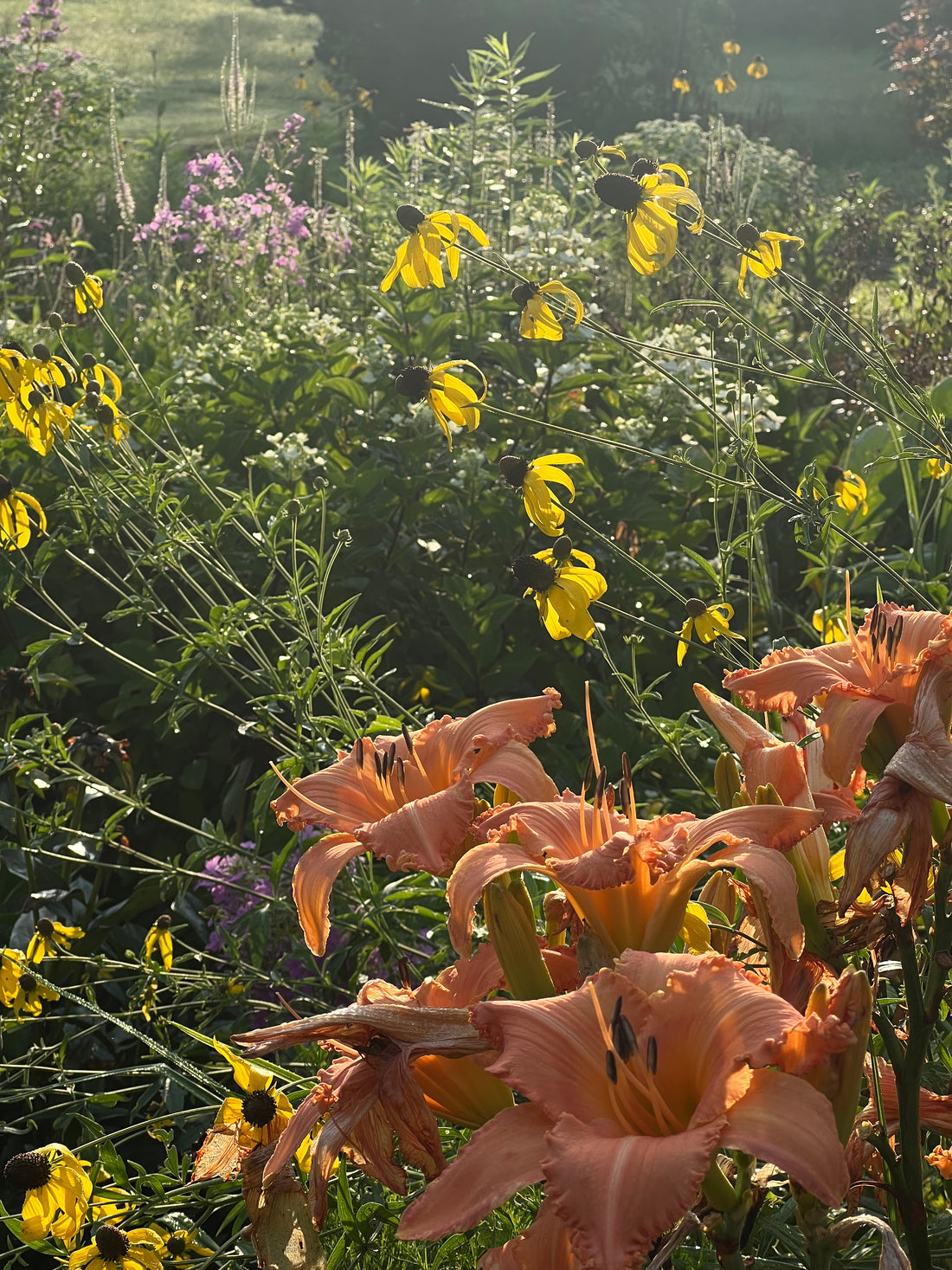Summer in the garden is often seen as a peak season – a time of lush greenery, vibrant blossoms, and verdant growth. However, it’s also a time of great insight and learning for the discerning gardener. Each plant’s performance provides valuable information, feeding back into our understanding of our gardens’ dynamics.
Has the plant that bloomed in spring maintained its allure into the summer months? Our journey at Natchez Glen House constantly revolves around exploring such questions. The plants we cultivate, such as the enchanting Echinacea pallida, aren’t just appreciated for their beautiful blooms but also for the potential they hold once those blooms have faded. Our gardens are not static; they are constantly changing and evolving, revealing new layers of beauty as the seasons transition.
Next, how well has the summer-interest layer interacted with spring-flowering plants that have finished blooming? A garden is not merely a collection of plants, but a tapestry of textures, colors, and forms. Each plant plays its part, and how they play together determines the garden’s overall visual and ecological success. From the towering spires of Veronicastrum virginicum to the billowing blooms of various Phlox, a well-curated mix can provide sequential interest that keeps the garden vibrant throughout the summer.
Moreover, many plants may not have bloomed yet, promising a late summer or early autumn display. This foresight is particularly vital when we consider the lifecycle of our garden’s inhabitants, as well as the seasonal shifts. The anticipation of these future blooms adds an element of excitement to our gardening journey.
One must also consider how new plants have adapted to their first exposure to summer. At NGH, every plant – whether it’s the South African native Eucomis or a local Carex species – is monitored to ensure it’s thriving in its environment. Summer, with its heightened growing conditions, provides an excellent litmus test for these recent additions.
Lastly, does the current planting design leave room for weed seeds to germinate and take over? The answer can guide our management efforts and help refine our strategies. Maintaining a good balance between aesthetics and practicality is key in gardening. As gardeners, we must remember that each open space is an opportunity – not just for us, but also for nature to express herself. The appearance of weeds may signify a need for a denser planting design or the introduction of ground-covering species.
In conclusion, summer garden maintenance is more than a list of chores. It’s a season of discovery, a time to interact closely with our gardens, and most importantly, an opportunity to learn. As we navigate these warm months, let’s appreciate this vibrant season as a chance to grow - both our gardens and ourselves.

